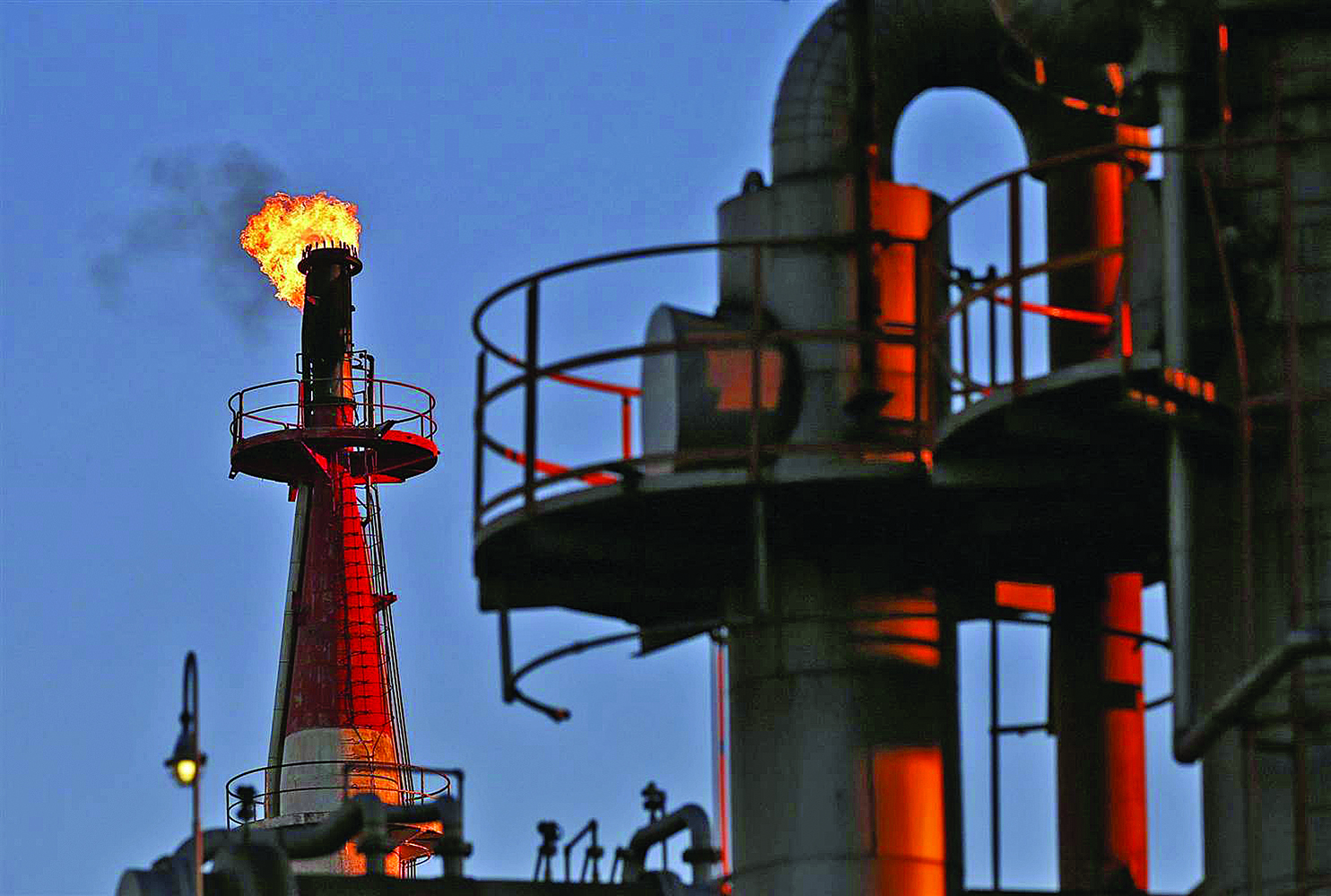
“The darkest hour of the night came just before the dawn!” Paulo Coelho, the writer of one of the best-selling books in history, The Alchemist, had inked the preceding line which has been widely used in memorable speeches and adapted into films alike. The quote upon close scrutiny tries to decipher that there is hope even in the worst of circumstances. While it can be observed from the pages of an individual’s history that life’s struggles can be a good preparation for tomorrow, in the commodity markets, the quote grasps significance as oil has arguably finally broken its shackles and is finally witnessing ‘dawn’ as it enters another chapter.
2014 and 2015 had been terrible for crude oil as it had declined by 45% and 31% respectively. The glut in supply coupled with the slowing demand had pressured the prices on a downward spiral. Production was at a record level with major oil producing nations discovering innovative methods to extract more oil from the earth’s surface. Likewise, major consuming nations, including China, witnessed a slowdown in its manufacturing activities which decelerated the demand of the energy product.
In the first quarter of 2016, oil further encountered a massive piece of history when it slumped to a 12-year low price of $26.04 per barrel on February 11. Prices had taken a beating after the International Energy Agency (IEA) had warned that excess of supply over demand was set to worsen in the ensuing period. However, apart from July, oil has posted positive returns each successive month thereafter building on bullish factors as we enter the last quarter. Keeping all factors constant (which is sometimes difficult given the whirlwind nature of the global financial markets), oil will be recording a positive return this year.
In the last few months, numerous factors have contributed to the rise of oil which are listed below:
Supply Disruptions: Since oil is produced in several nations, it is inevitable that few economies will come across supply disruptions every now and then. And for some strange reasons, oil producing nations have always been synonymous with their unstable political situations among others. Likewise, supply will go down in global markets and prices will turn higher. 2016 witnessed supply disruption cases in few economies and the most notable one was in Nigeria in April where a strike in one of the biggest oil fields drove prices upwards.
Revival of China: The second largest economy of the world had generated positive economic growth in the preceding years and 2016 has been no different. China posted a first quarter growth of 6.7 percent which harboured well for the energy markets since favourable figures will drive the demand for the crude oil product.
Declining Stocks in USA: USA is arguably the only country which remains unfazed and is independent from its global counterparts in respect to production of oil. However, declining stockpiles from the USA also held prices of oil in a steadied range throughout the year. Energy Information Administration (EIA), the principal agency of the US Federal Statistics System, announces a weekly inventory report to indicate the rise or fall of supply. On 8 September, EIA announced that inventory had dropped by a mind-boggling 14.5 million barrels, the second largest recorded in history and the largest since dropping 15 million barrels in January 1999. Prices had inclined as a result surpassing its highest level since 26 August reaching $47.71 per barrel.
OPEC Uncertainty: In early August, oil was trudging along at $38 per barrel when OPEC (Organization of Petroleum Exporting Countries) finally stepped into limelight. It all started when the current President of OPEC called all members for informal talks at the International Energy Forum in Algeria to discuss steps to freeze production in a step to stabilise the oil markets. Uncertainty loomed large as the markets had borne witness to failed meetings earlier in Doha and Vienna. However, comments from the oil ministers from Saudi Arabia and Russia, just days before the meeting, provided the markets the needed impetus to near the $50 per barrel level. And then it was official!
OPEC Agreement: 28 September 2016 will be etched in the history of oil markets. After many years of deliberations, OPEC finally agreed to cap production to stabilise markets. OPEC members have considered a production limit between 32.5 and 33 million barrels a day. In a historical declaration in Algeria, the agreement indicated that Saudi Arabia and Russia will cut production while other nations including Iran, Libya and Nigeria will be allowed to increase supply. In the following days, a committee will be formed to discuss steps on how to carry out the cuts and the same procedure will be reported to OPEC at its next meeting in Vienna on November 30.
What’s next?
Crude oil in the early half of the year showed every indication of a further fall in prices. But oil has had a turnaround and is expected to stay the same till the end of the year. The agreement undertaken in Algeria has set oil on a bullish course unless some bearish factors interrupt the exciting finish to the year. As I look at my charts for one last time before I conclude this article, I am observing that the price is at $51.33 per barrel, up by 28% from the beginning of the year. Flirting with the 2016 high of $51.64 per barrel, oil has definitely made a comeback!






